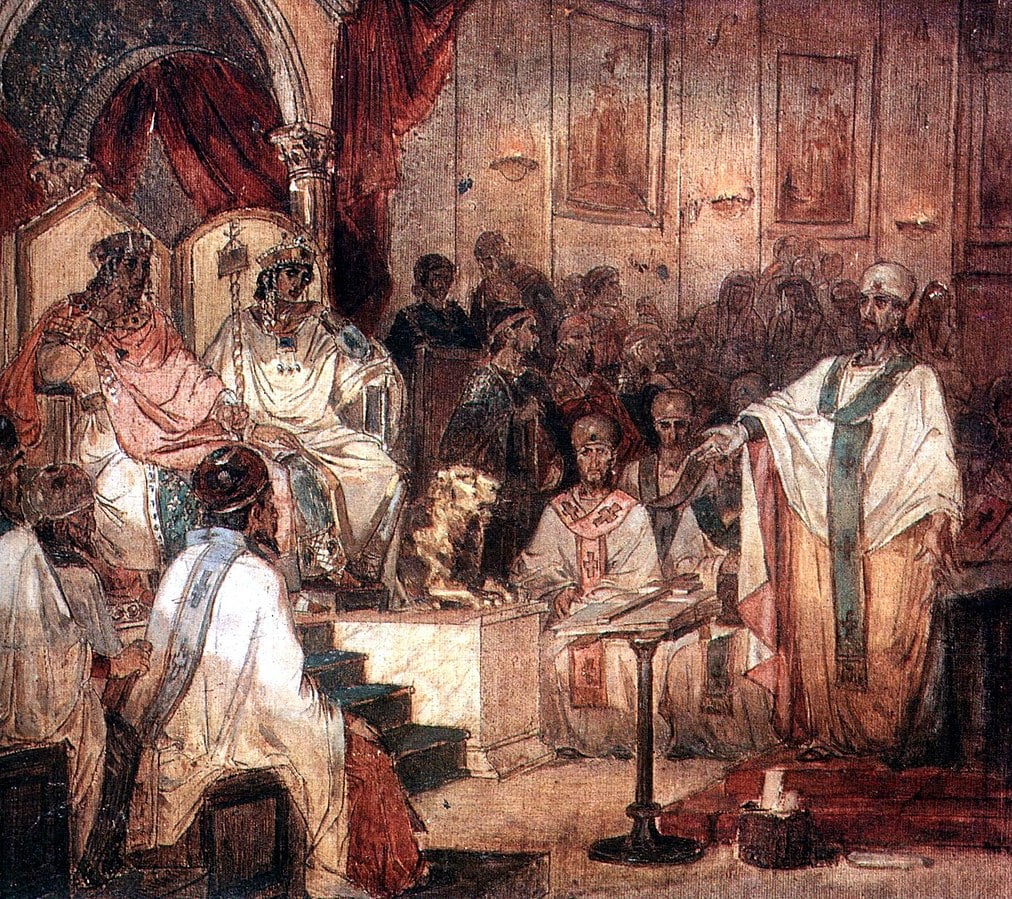Exploring the History: When Was Saint Peter's Basilica Built and Its Architectural Marvels
#### When was Saint Peter's Basilica built?Saint Peter's Basilica, one of the most iconic landmarks in the world, has a rich history that dates back several……
#### When was Saint Peter's Basilica built?
Saint Peter's Basilica, one of the most iconic landmarks in the world, has a rich history that dates back several centuries. The question "when was Saint Peter's Basilica built?" often sparks curiosity among history enthusiasts, architects, and travelers alike. The basilica, located in Vatican City, stands as a testament to Renaissance architecture and the Catholic Church's enduring influence.
The original structure was commissioned by Emperor Constantine I in the early 4th century, with construction starting around 324 AD. This initial basilica was built over the tomb of Saint Peter, one of Jesus Christ's apostles and the first Pope. However, this structure was eventually deemed inadequate, leading to the decision to construct a new basilica.
The current Saint Peter's Basilica, as we know it today, began construction in 1506 under the direction of Pope Julius II and was completed in 1626. The project involved some of the greatest architects of the Renaissance, including Donato Bramante, Michelangelo, Carlo Maderno, and Gian Lorenzo Bernini. Each of these artists contributed to the basilica's design and construction, resulting in a masterpiece of architecture that combines classical and Renaissance elements.

#### Architectural Features
Saint Peter's Basilica is renowned for its magnificent dome, designed by Michelangelo. This dome is a defining feature of the Roman skyline and is the largest in the world. It rises to a height of 136.57 meters (448.1 feet) and is an engineering marvel of its time. The interior of the basilica is equally impressive, adorned with stunning mosaics, sculptures, and artworks from some of the most celebrated artists in history. The use of light within the basilica creates a heavenly atmosphere, drawing visitors from around the globe.
The basilica's façade, designed by Carlo Maderno, features a grand entrance with a massive portico supported by 16 columns. Above the entrance, you can find the famous inscription "MYSTERIUM FIDEI," which translates to "The Mystery of Faith." This highlights the basilica's role as a central place of worship and pilgrimage for Catholics.

#### Cultural Significance
Beyond its architectural beauty, Saint Peter's Basilica holds profound significance for the Catholic Church and its followers. It is considered one of the holiest sites in Christianity and serves as the papal enclave. Major religious events, including papal masses and ceremonies, are held here, attracting thousands of worshippers and tourists alike.
The basilica's location in Vatican City, an independent city-state, adds to its allure. Visitors can explore the Vatican Museums, the Sistine Chapel, and the Vatican Gardens, making it a comprehensive cultural and spiritual experience.

#### Conclusion
In conclusion, the question "when was Saint Peter's Basilica built?" leads us on a journey through time, revealing the basilica's historical, architectural, and cultural significance. From its origins in the 4th century to its completion in the 17th century, Saint Peter's Basilica remains a symbol of faith, artistry, and human achievement. Whether you are a history buff, an architecture enthusiast, or a spiritual seeker, visiting this magnificent basilica is a must, as it offers a glimpse into the rich tapestry of history and culture that defines our world today.